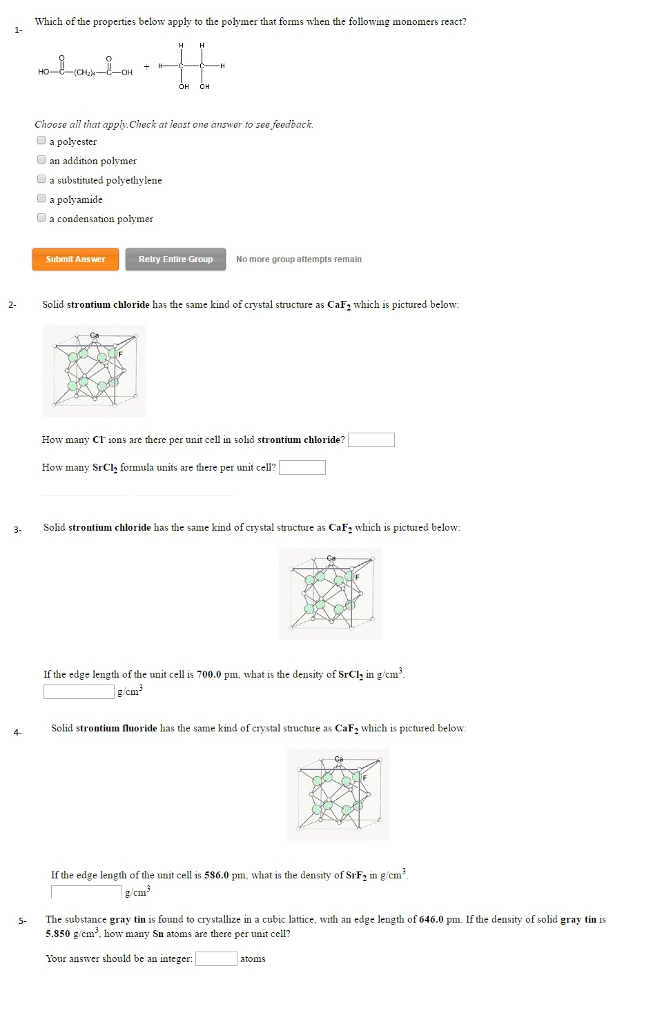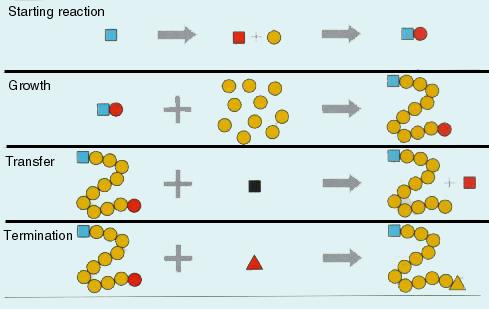
When we say elastic, we basically mean that the polymer can be easily stretched by applying a little force. Using this, Polymers can be classified into 4 types: i) Elastomers:Įlastomers are rubber-like solid polymers, that are elastic in nature. Note that the properties exhibited by solid materials like polymers depend largely on the strength of the forces between these molecules. Intermolecular forces (between the molecules) attract polymer molecules towards each other. In Polymers, strong covalent bonds join atoms to each other in individual polymer molecules. Intramolecular forces are the forces that hold atoms together within a molecule. 4] Classification Based on Molecular Forces Read about Polymers of Commercial Importance. to give Nylon – 66, where molecules of water are eliminated in the process. A common example is the polymerization of Hexamethylenediamine and adipic acid. The monomers in these types of condensation reactions are bi-functional or tri-functional in nature. These polymers are formed by the combination of monomers, with the elimination of small molecules like water, alcohol etc. Example: ethene n(CH2=CH2) to polyethene -(CH2-CH2)n. Addition polymers always have their empirical formulas same as their monomers. Note, in this process, there is no elimination of small molecules like water or alcohol etc (no by-product of the process).

The polymer is formed by polymerization of monomers with double or triple bonds (unsaturated compounds). These type of polymers are formed by the repeated addition of monomer molecules. Based on the type of polymerization, polymers can be classified as: i) Addition polymers: Polymerization is the process by which monomer molecules are reacted together in a chemical reaction to form a polymer chain (or three-dimensional networks). Ex:- Bakelite (used in electrical insulators), Melamine etc. The monomers contain strong covalent bonds as they are composed of bi-functional and tri-functional in nature.

In this type of polymers, monomers are linked together to form a three-dimensional network. Low-density polyethene (LDPE) used in plastic bags and general purpose containers is a common example (iii) Crosslinked or Network polymers: They are of low density having low melting points. As a result of these branches, the polymers are not closely packed together. Monomers join together to form a long straight chain with some branched chains of different lengths. (ii) Branch chain polymers:Īs the title describes, the structure of these polymers is like branches originating at random points from a single linear chain. This polymer is largely used for making electric cables and pipes. A common example of this is PVC (Poly-vinyl chloride). These polymers have high melting points and are of higher density. The monomers in these are linked together to form a long chain. These polymers are similar in structure to a long straight chain which identical links connected to each other. 2] Classification Based on Structure of PolymersĬlassification of polymers based on their structure can be of three types: (i) Linear polymers:

Learn different types of Polymerization here. Example: Vulcanized Rubber ( Sulphur is used in cross bonding the polymer chains found in natural rubber) Cellulose acetate (rayon) etc. These polymers formed by chemical reaction (in a controlled environment) and are of commercial importance. Semi-Synthetic polymers are polymers obtained by making modification in natural polymers artificially in a lab. Some commonly produced polymers which we use day to day are Polyethylene (a mass-produced plastic which we use in packaging) or Nylon Fibers (commonly used in our clothes, fishing nets etc.) (iii) Semi-Synthetic polymers These are commercially produced by industries for human necessities. Synthetic polymers are polymers which humans can artificially create/synthesize in a lab. Some common examples are Proteins (which are found in humans and animals alike), Cellulose and Starch (which are found in plants) or Rubber (which we harvest from the latex of a tropical plant ). Natural polymers are polymers which occur in nature and are existing in natural sources like plants and animals. The easiest way to classify polymers is their source of origin. The first classification of polymers is based on their source of origin, Let’s take a look.


 0 kommentar(er)
0 kommentar(er)
